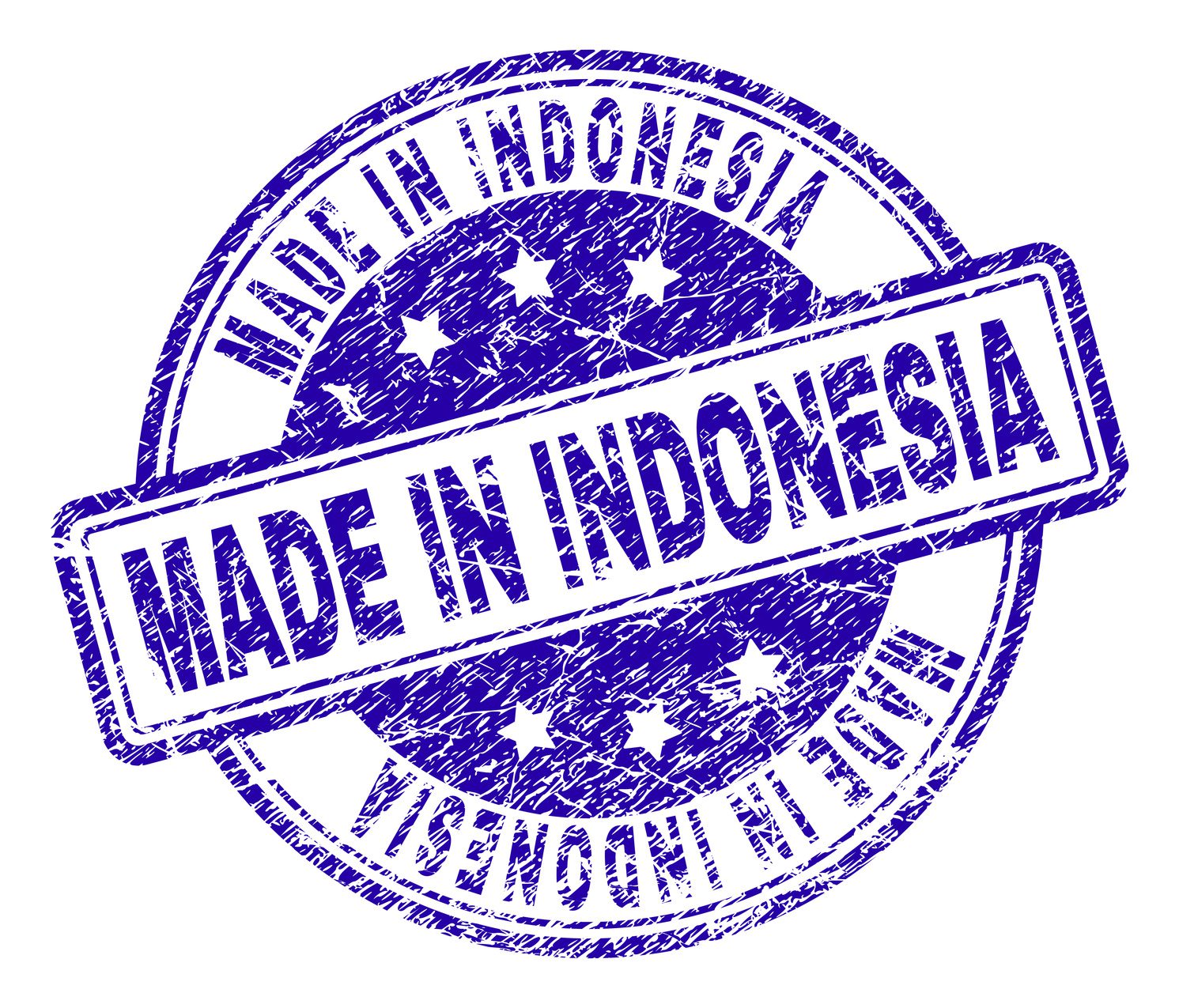At first glance, shale gas might look too good to be true: large untapped natural gas resources present on virtually every continent. Abundant supplies of relatively clean energy allowing for lower overall energy prices and reduced dependence on non-renewable resources such as coal and crude oil. However, despite this huge potential, the shale gas revolution has remained largely limited to the USA till now. Concerns over the extraction technology and its potentially negative impact on the environment have hampered shale gas development in Europe and Asia on a commercial scale. However, increasing energy import bills, need for energy security, potential profits and political uncertainty in the Middle East are causing many countries to rethink their stand on shale gas extraction development.
How Large Are Shale Gas Reserves And Where Are They Being Developed?
An estimation of shale gas potential conducted by the US Energy Information Administration (EIA) in 2009 pegs the total technically recoverable shale gas reserves in 32 countries (for which data has been established) to 6,622 Trillion Cubic Feet (Tcf). This increases the world’s total recoverable gas reserves, both conventional and unconventional, by 40% to 22,622 Tcf.

|
Continent |
Shale Gas Reserves and Development |
|---|---|
| North America | Technically Recoverable Reserves: 1,931 Tcf Till now, almost whole commercial shale gas development has taken place in the USA. In 2010, shale gas accounted for 20% of the total US natural gas supply, up from 1% in 2000. In Canada, several large scale shale projects are in various stages of assessment and development. Despite potential reserves, little or no shale gas exploration activity has been reported Mexico primarily due to regulatory delays and lack of government support. |
| South America | Technically Recoverable Reserves: 1,225 Tcf Several gas shale basins are located in South America, with Argentina having the largest resource base, followed by Brazil. Chile, Paraguay and Bolivia have sizeable shale gas reserves and natural gas production infrastructure, making these countries potential areas of development. Despite promising reserves, shale gas exploration and development in the region is almost negligible due to lack of government support, nationalization threats and absence of incentives for large scale exploration. |
| Europe | Technically Recoverable Reserves: 639 Tcf Europe has many shale gas basins with development potential in countries including France, Poland, the UK, Denmark, Norway, the Netherlands and Sweden. However, concerns over the environmental impact of fracturing and oil producers lobbying against shale gas extraction are holding back development in the region with some countries such as France going as far as banning drilling till further research on the matter. Some European governments, including Germany, are planning to bring stringent regulations to discourage shale gas development. Despite this, countries such as Poland show promising levels of shale gas leasing and exploration activity. Several companies are exploring shale gas prospects in the Netherlands and the UK. |
| Asia | Technically Recoverable Reserves: 1,389 Tcf China is expected to have the largest potential of shale gas (1,275 Tcf). State run energy companies like Sinopec are currently evaluating the country’s shale gas reserves and developing technological expertise through international tie-ups. However, no commercial development of shale gas has yet happened. Though both India and Pakistan have potential reserves, lack of government support, unclear natural gas policy and political uncertainty in the region are holding back the extraction development. Both Central Asia and Middle East are also expected to have significant recoverable shale gas reserves. |
| Africa | Technically Recoverable Reserves: 1,042 Tcf South Africa is the only country in African continent actively pursuing shale gas exploration and production. Other countries have not actively explored or shown interest in their shale gas reserves due to the presence of large untapped conventional resources of energy (crude oil, coal). Most potential shale gas fields are located in North and West African countries including Libya, Algeria and Tunisia. |
| Australia | Technically Recoverable Reserves: 396 Tcf Despite Australia’s experience with unconventional gas resource development (coal bed methane), shale gas development has not kicked off in a big way in Australia. However, recent finds of shale gas and oil coupled with large recoverable reserves has buoyed investor interest in the Australian shale gas. |
What Are The Potential Negative Impacts Of Shale Gas Production?
Despite the large scale exploration and production of shale gas in the USA, countries around the world, especially in Europe, remain sceptical about it. Concerns over the environmental impact of hydraulic fracturing, lack of regulations and concerns raised by environmental groups have slowed shale gas development. Though there is no direct government or agency report on pitfalls of hydraulic fracturing, independent research and studies drawn from the US shale gas experience have brought forward the following concerns:

Will Shale Gas Solve Our Future Energy Needs?
Rarely does an energy resource polarize world opinion like this. Shale gas has divided the world into supporters and detractors. However, despite its potential negative environmental impact, shale gas extraction is associated with a range of unquestionably positive aspects, which will continue to support shale gas development:
-
Shale gas production will continue to increase in the USA and is expected to increase to 46% of the country’s total natural gas supply by 2035. USA is expected to transform from a net importer to a net exporter of natural gas by 2020.
-
Despite initial opposition, countries in Europe are opening up to shale gas exploration. With the EU being keen to reduce its dependence on imported Russian piped gas and nuclear energy, shale gas remains one of its only bankable long-term options. Replicating the US model, countries like Poland, the Netherlands and the UK are expected to commence shale production over the next two-five years and other countries are likely to follow suit.
-
Australian government’s keenness to reduce energy imports in addition to the recent shale gas finds has spurred shale gas development the country. Many companies are lining up to lease land and start shale gas exploration.
-
More stringent regulations from environment agencies are expected to limit the potential negative environmental impact of shale gas exploration.
-
Smaller energy companies that pioneered the shale gas revolution in the USA are witnessing billions of dollars worth of investments from multinational oil giants such as Exxon Mobil, Shell, BHP Billiton etc. are keen on developing an expertise in the shale gas extraction technology. These companies plan to leverage this technology across the world to explore and produce shale gas.The table below highlights major acquisitions and joint venture agreements between large multinational energy giants and US-based shale gas specialists over the last three years.
Major Deals in Shale Gas Exploration
|
Company |
Acquisition/Partnership |
Year |
Investment |
| Sinopec | Devon Energy | January 2012 | USD 2.2 billion |
| Total | Chesapeake Energy | January 2012 | USD 2.3 billion |
| Statoil | Brigham Exploration | October 2011 | USD 4.4 billion |
| BHP Billiton | Petrohawk | July 2011 | USD 12.1 billion |
| BHP Billiton | Chesapeake Energy | February 2011 | USD 4.75 billion |
| Shell | East Resources | May 2010 | USD 4.7 billion |
| Exxon Mobil | XTO Energy | December 2009 | USD 41.0 billion |
| Source: EOS Intelligence Research | |||
Shale gas production is expected to spike in the coming three-five years. Extensive recoverable reserves, new discoveries, large scale exploration and development and technological improvement in the extraction process could lead to an abundant supply of cheap and relatively clean natural gas and reduce dependence on other conventional sources such as crude oil and coal For several countries including China, Poland, Libya, Mexico, Brazil, Algeria and Argentina, where the reserves are particularly large, shale gas might bring energy stability.
The need for energy security and desire to reduce dependence on energy imports from the Middle East and Russia (and hence to increase political independence), are likely to outweigh potential environmental shortfalls of shale gas production, and some compromise with environment protection activist groups will have to be worked out. Though the road to achieving an ‘energy el dorado’ appears to be long and rocky, it seems that with the right governments’ support, shale gas could become fuel that could significantly contribute to solving the world energy crisis over long term.












